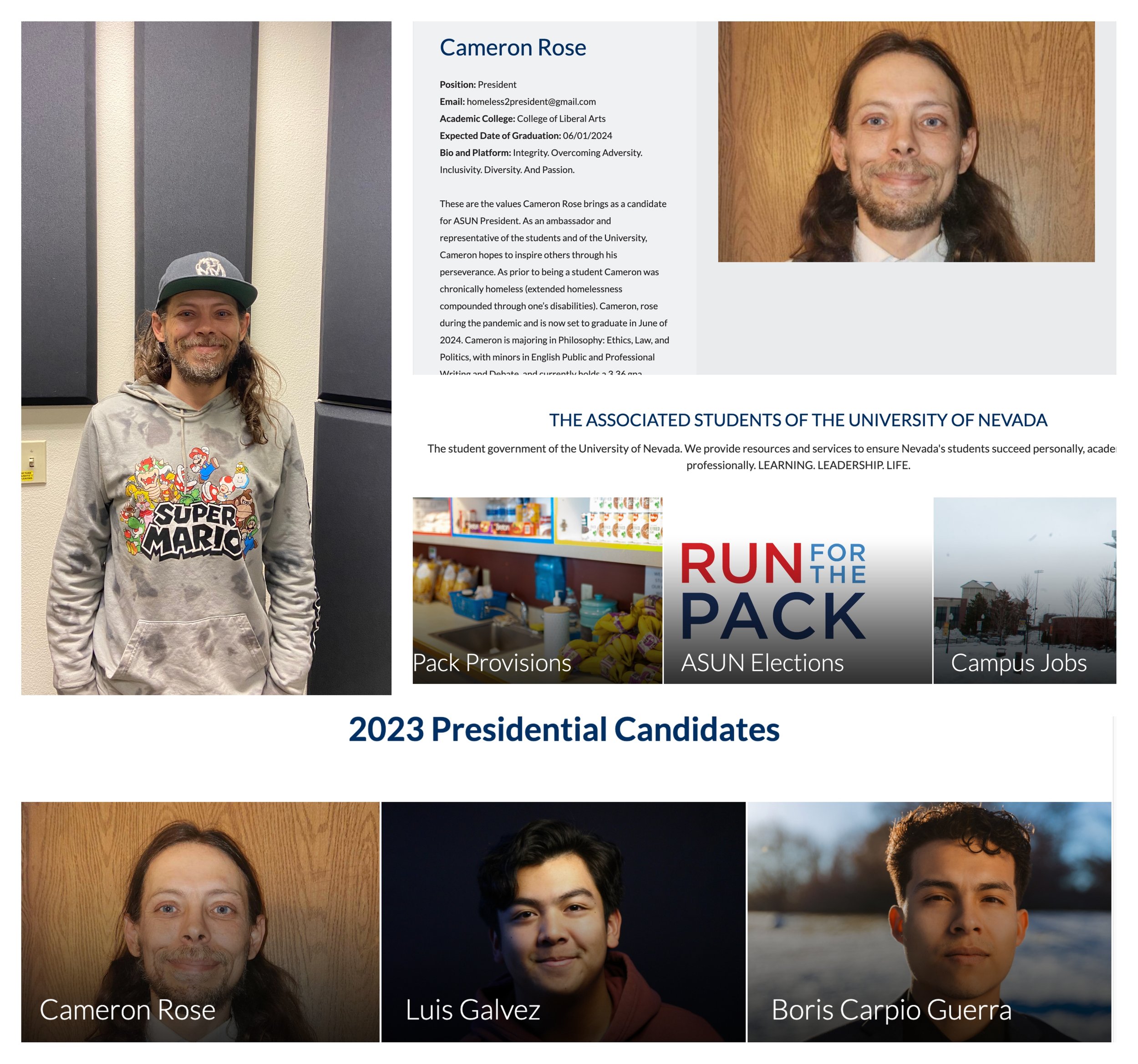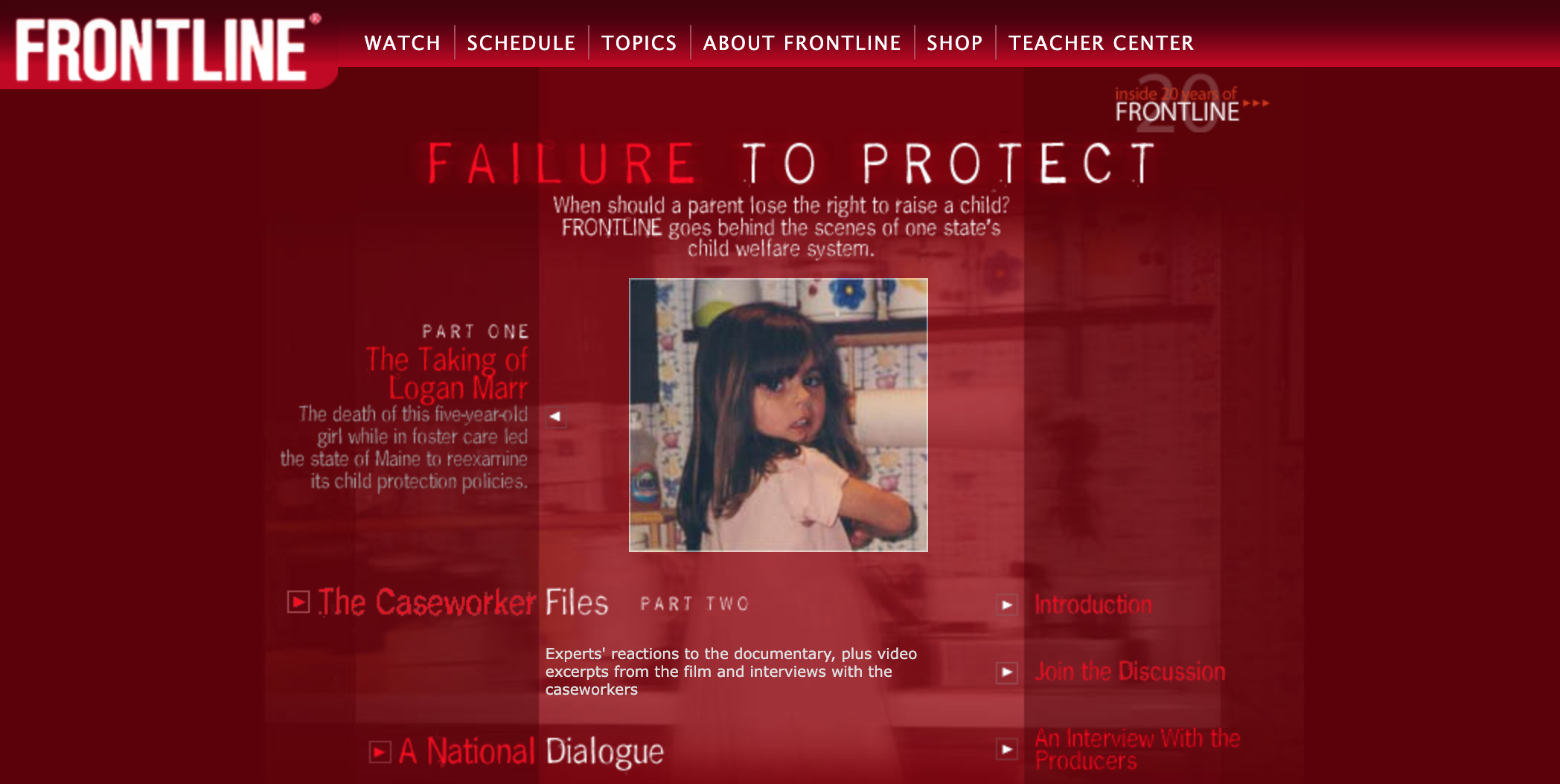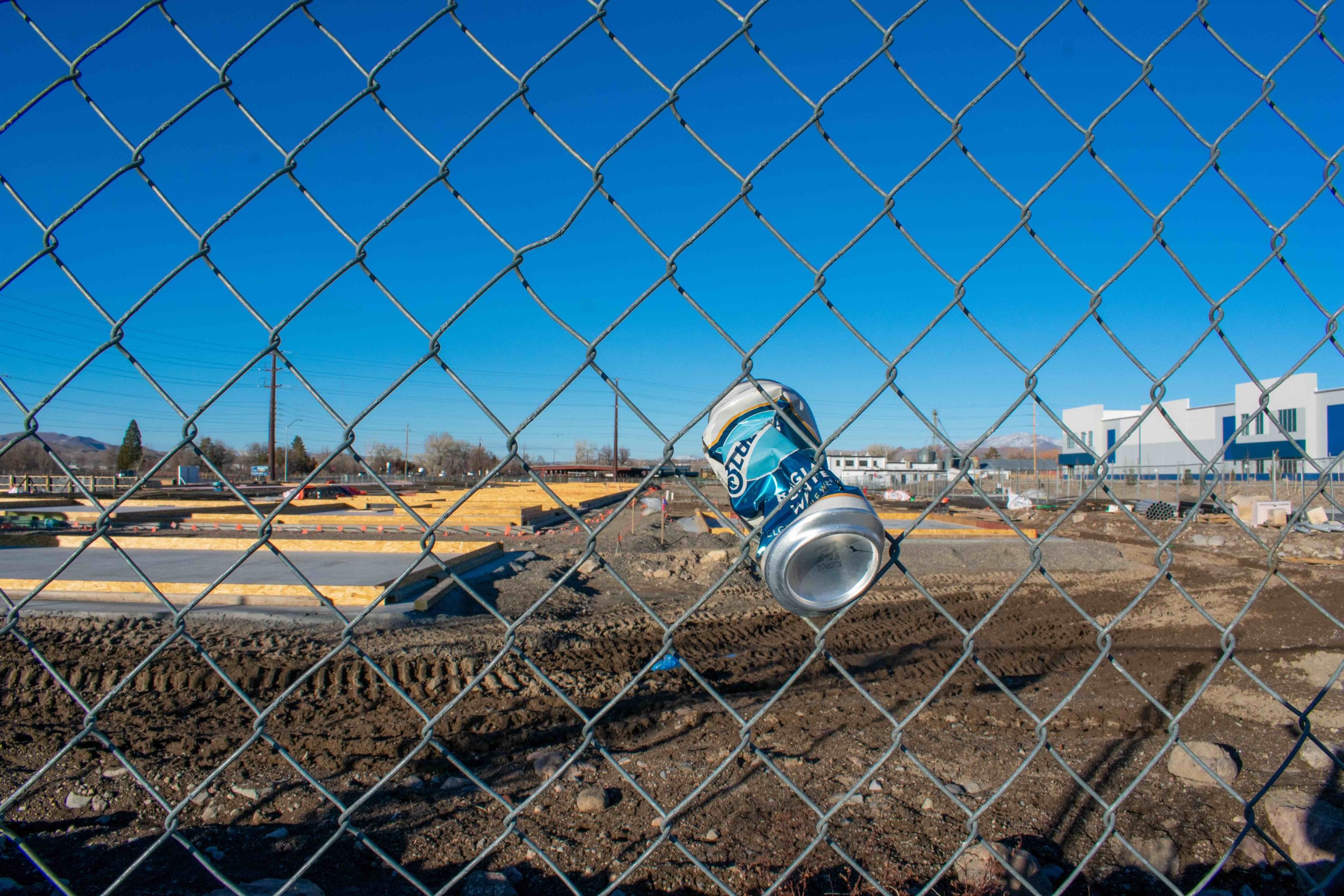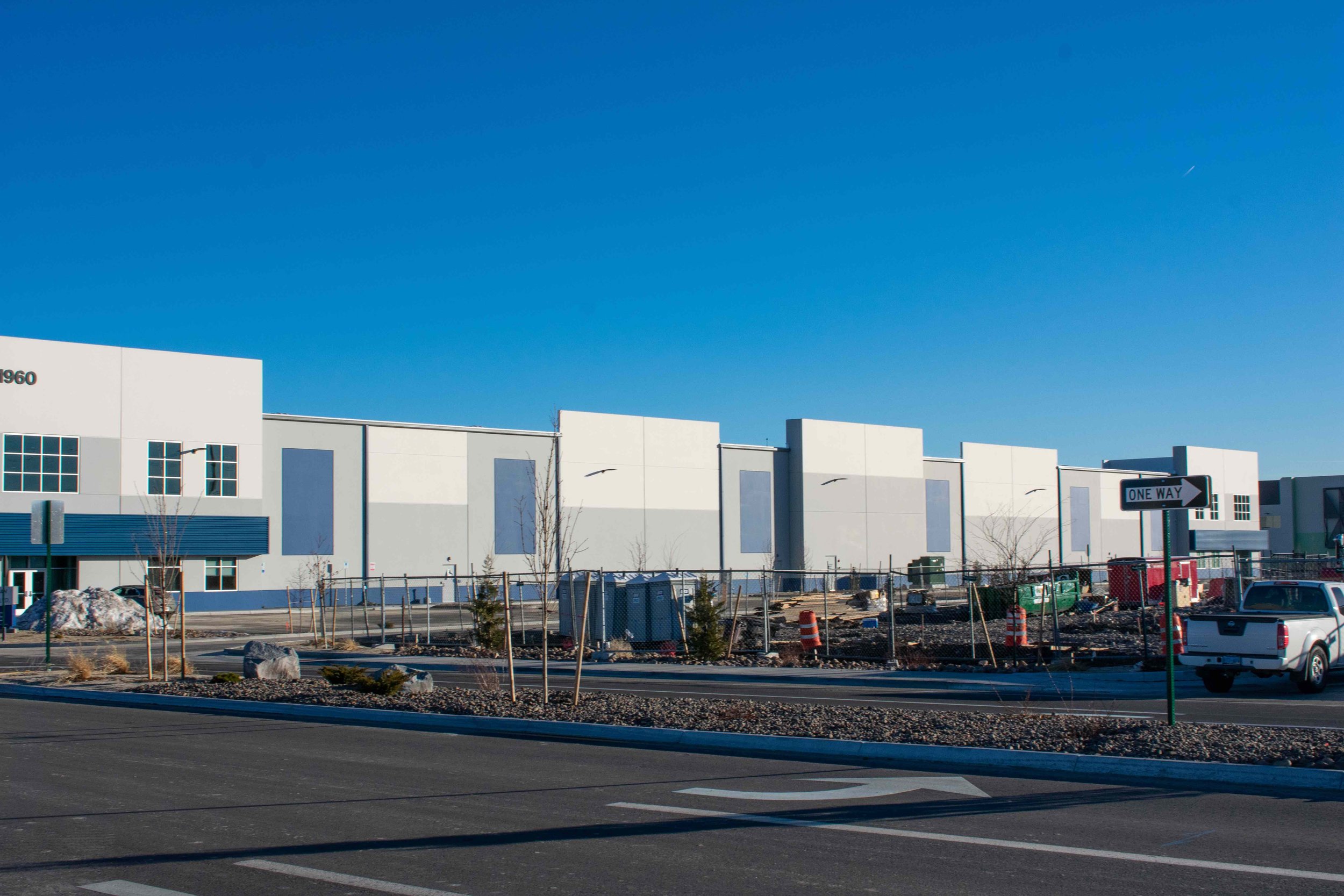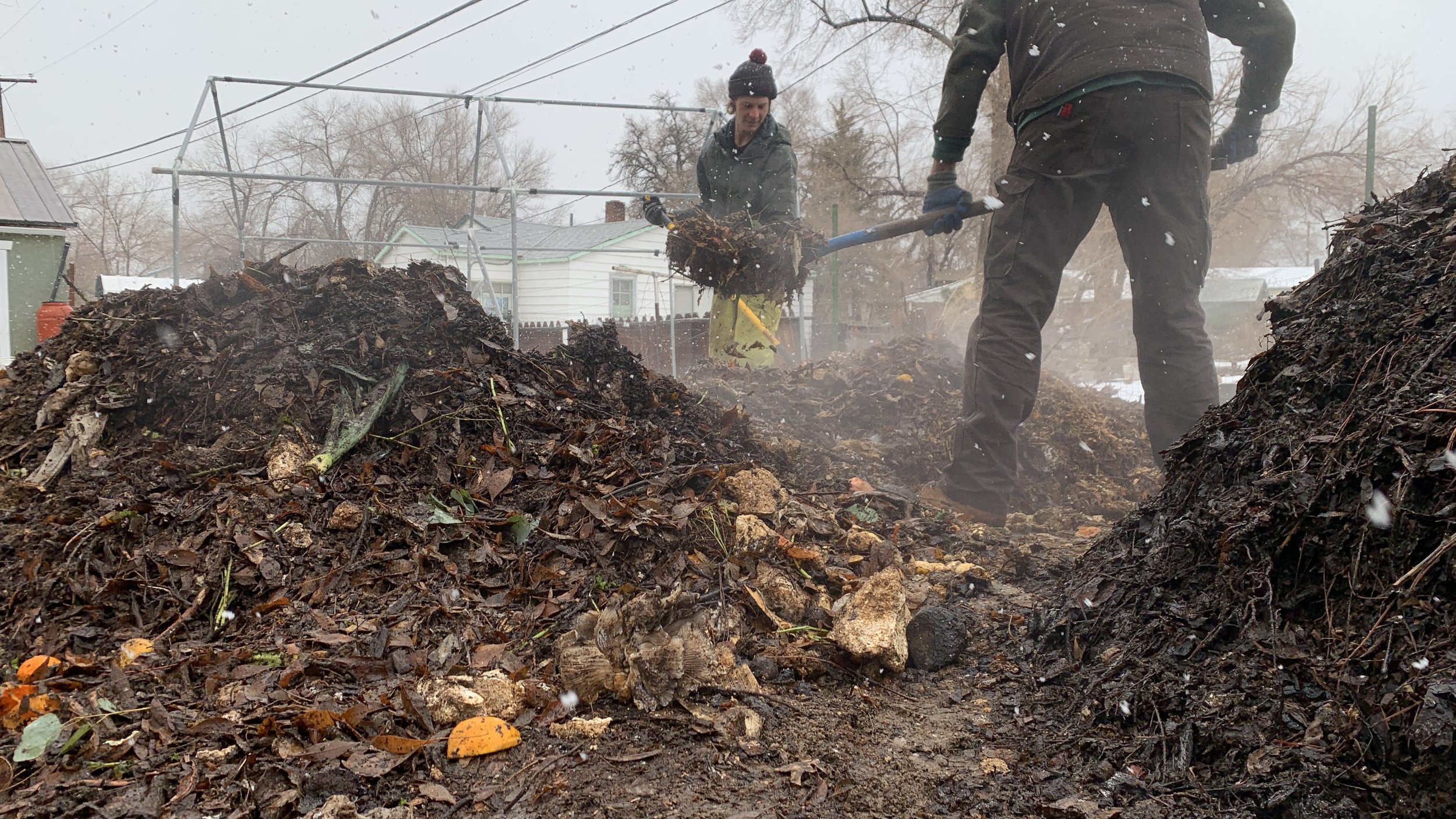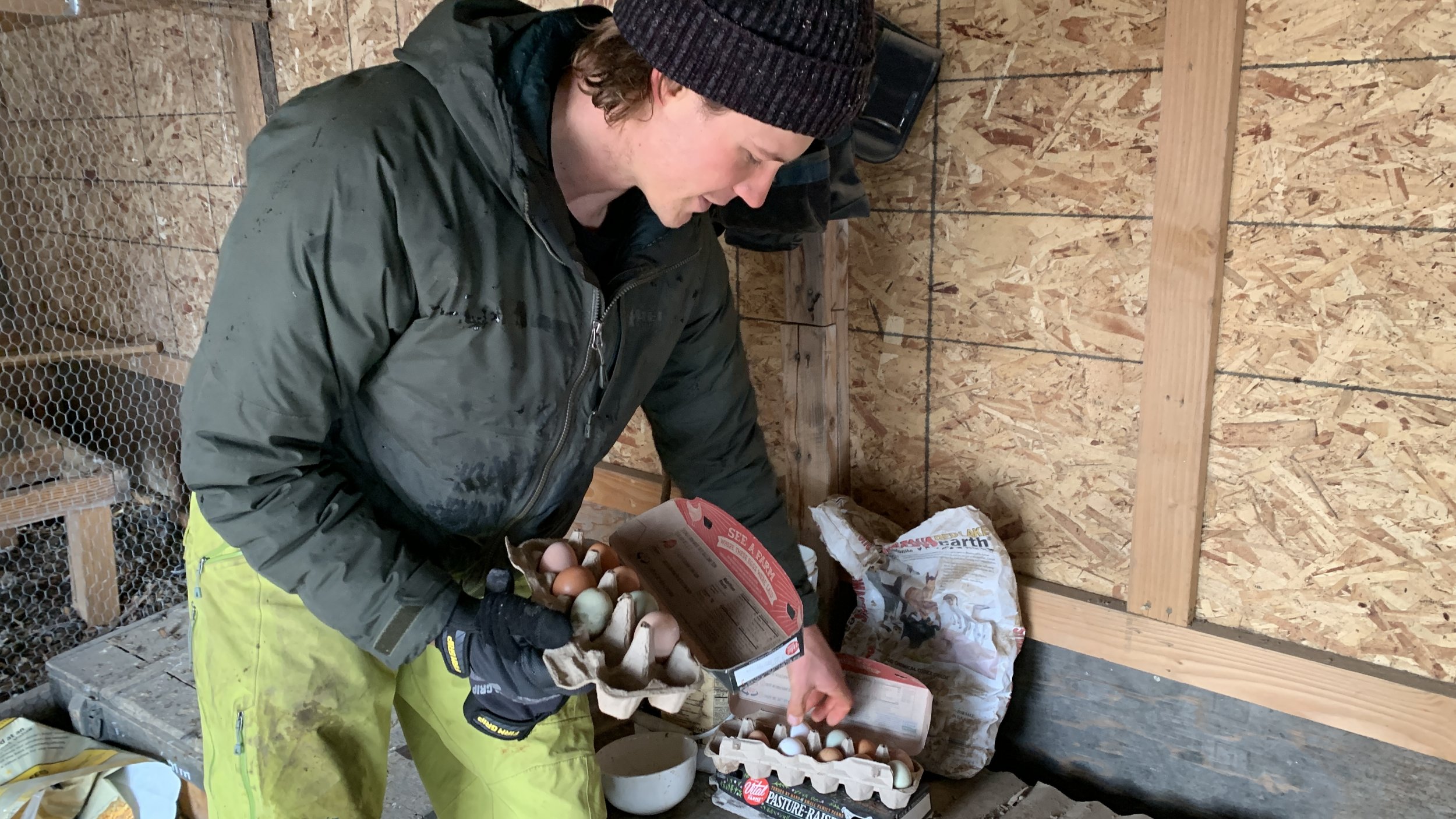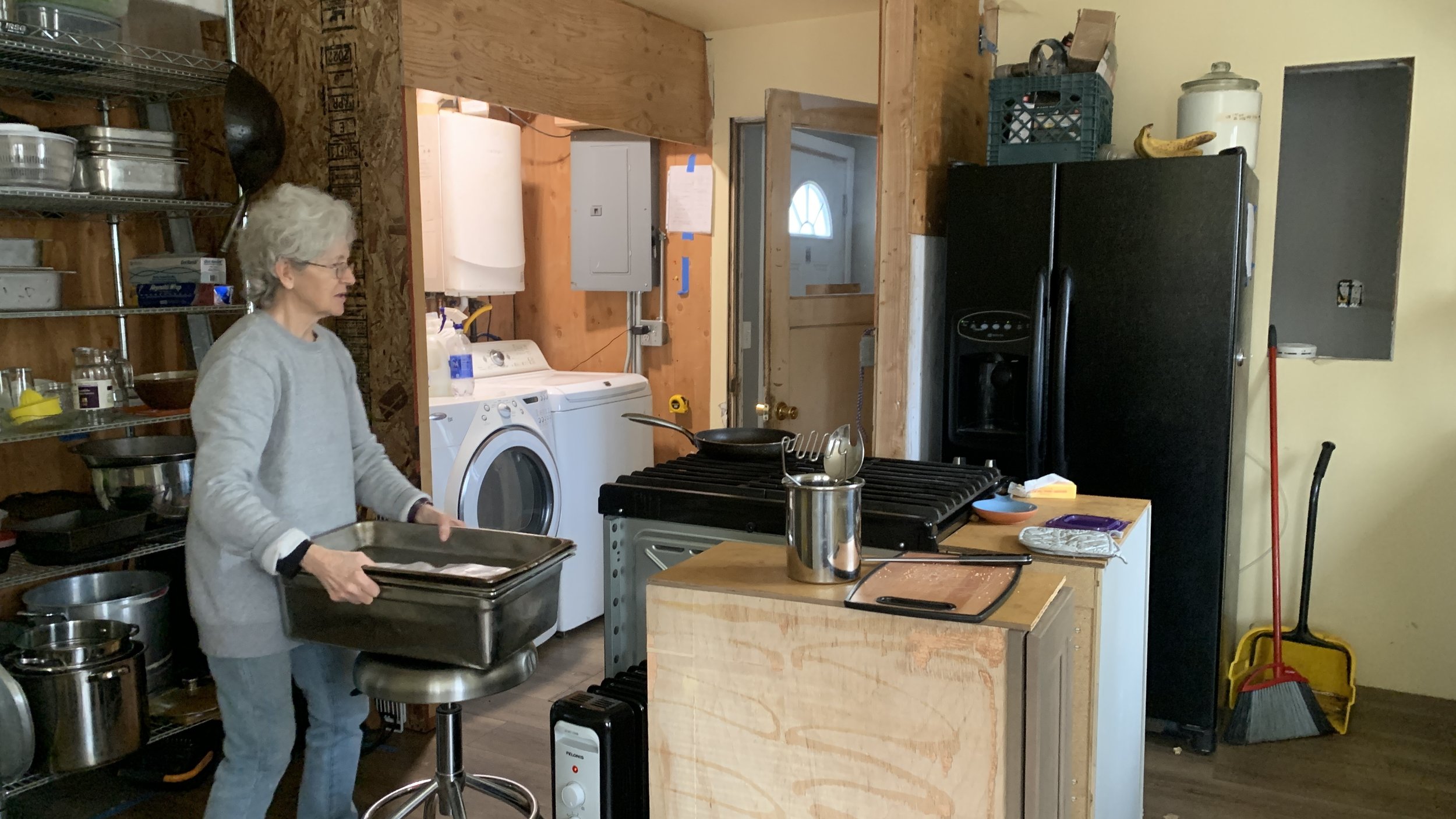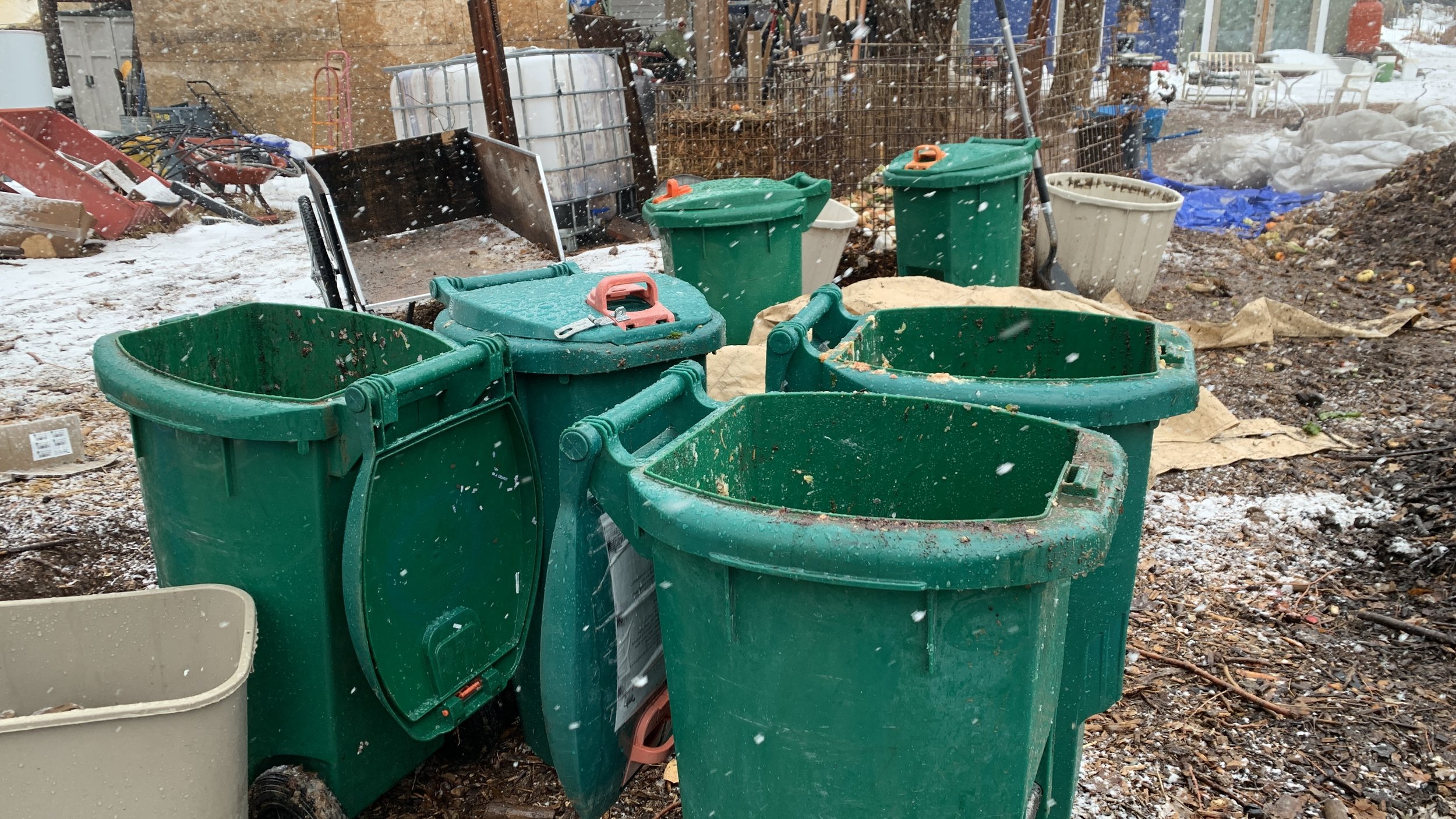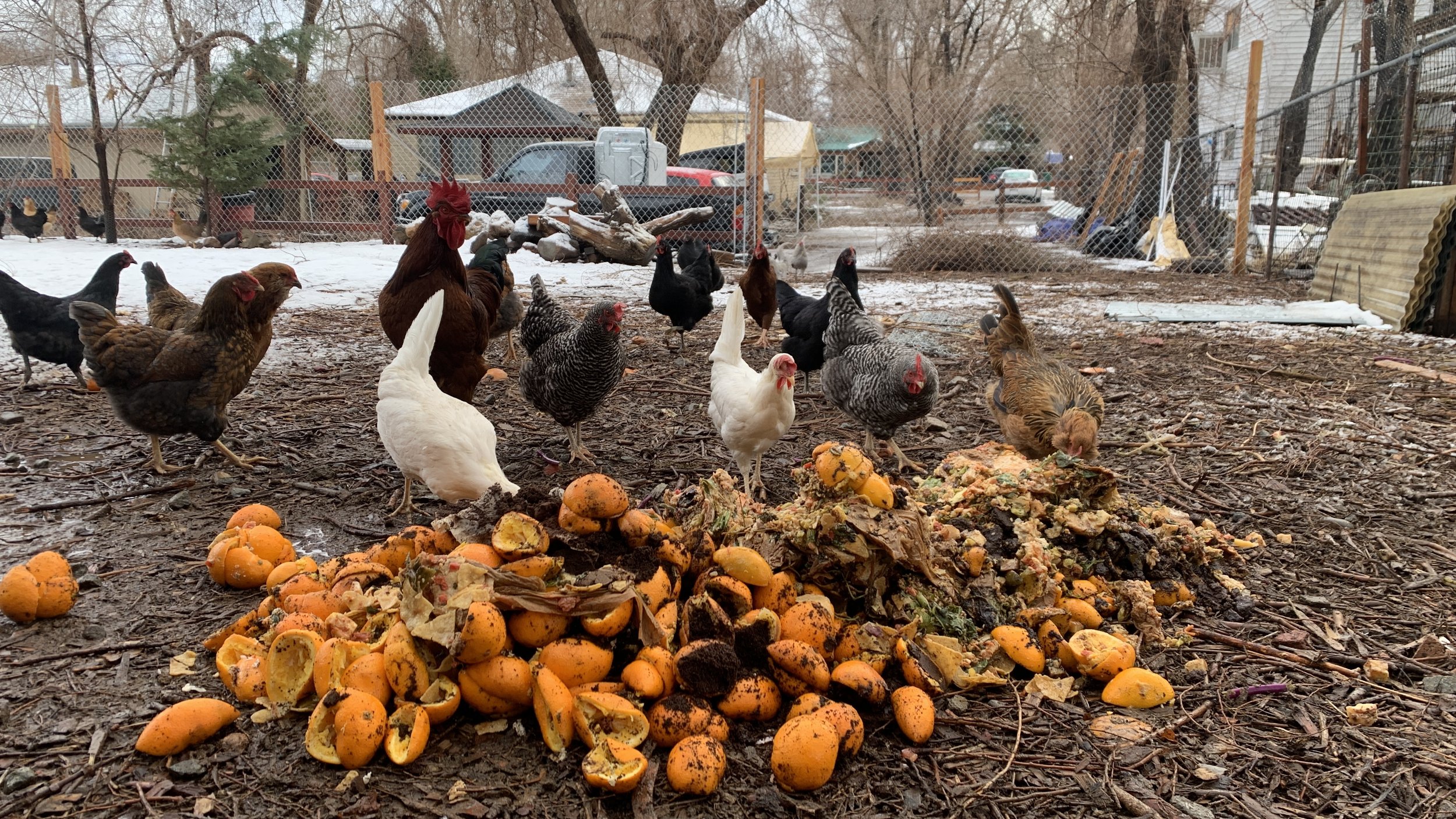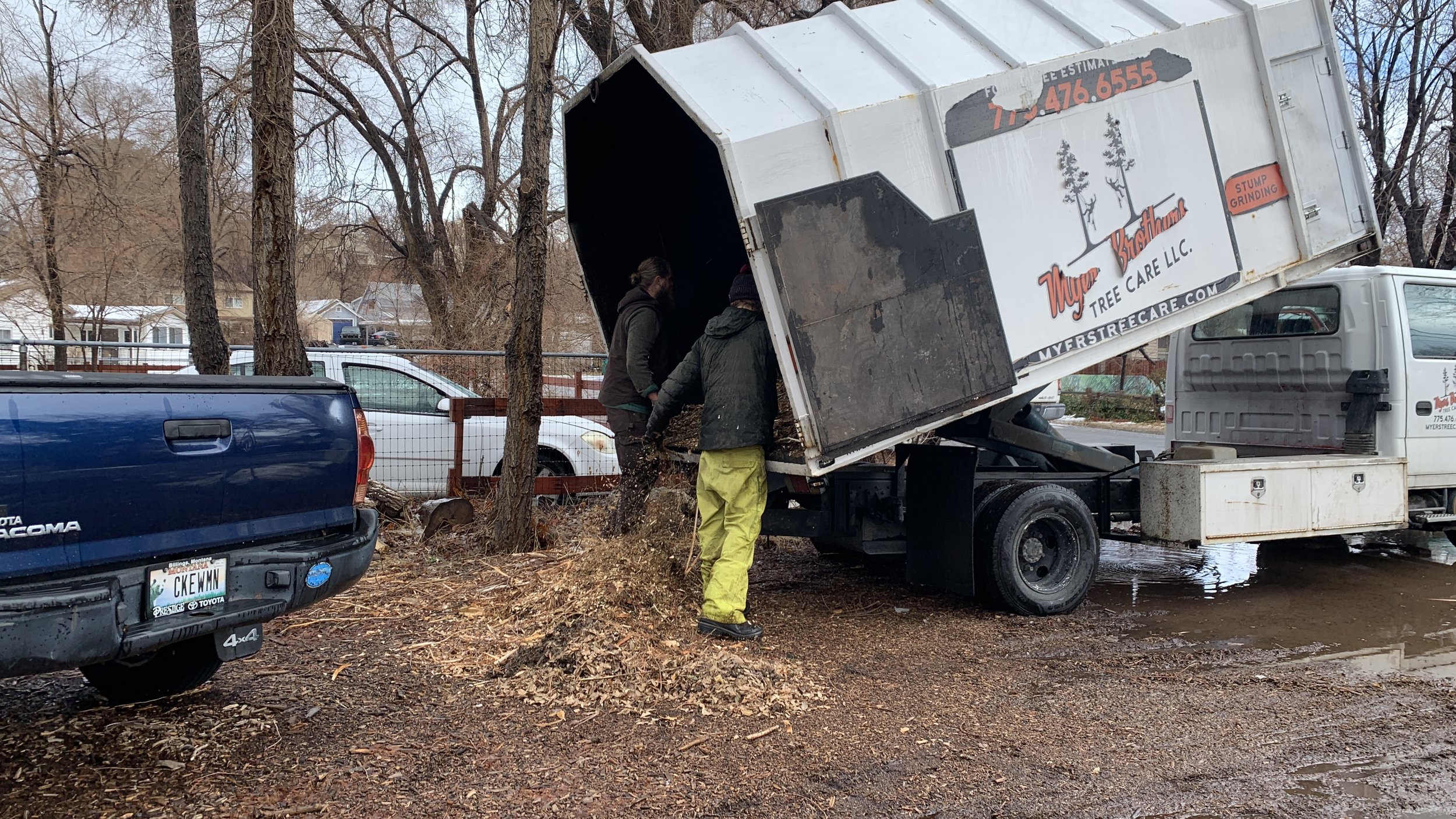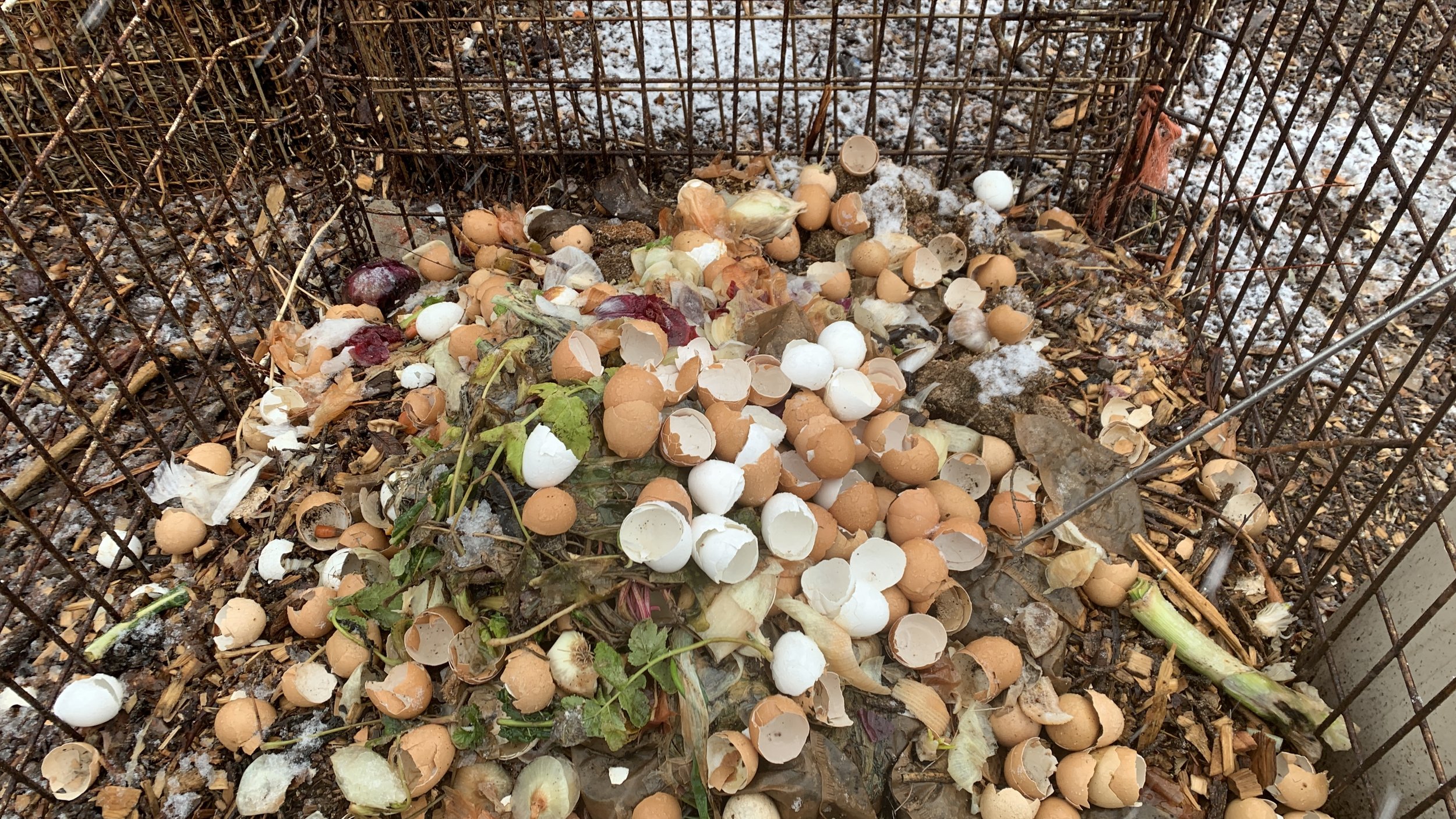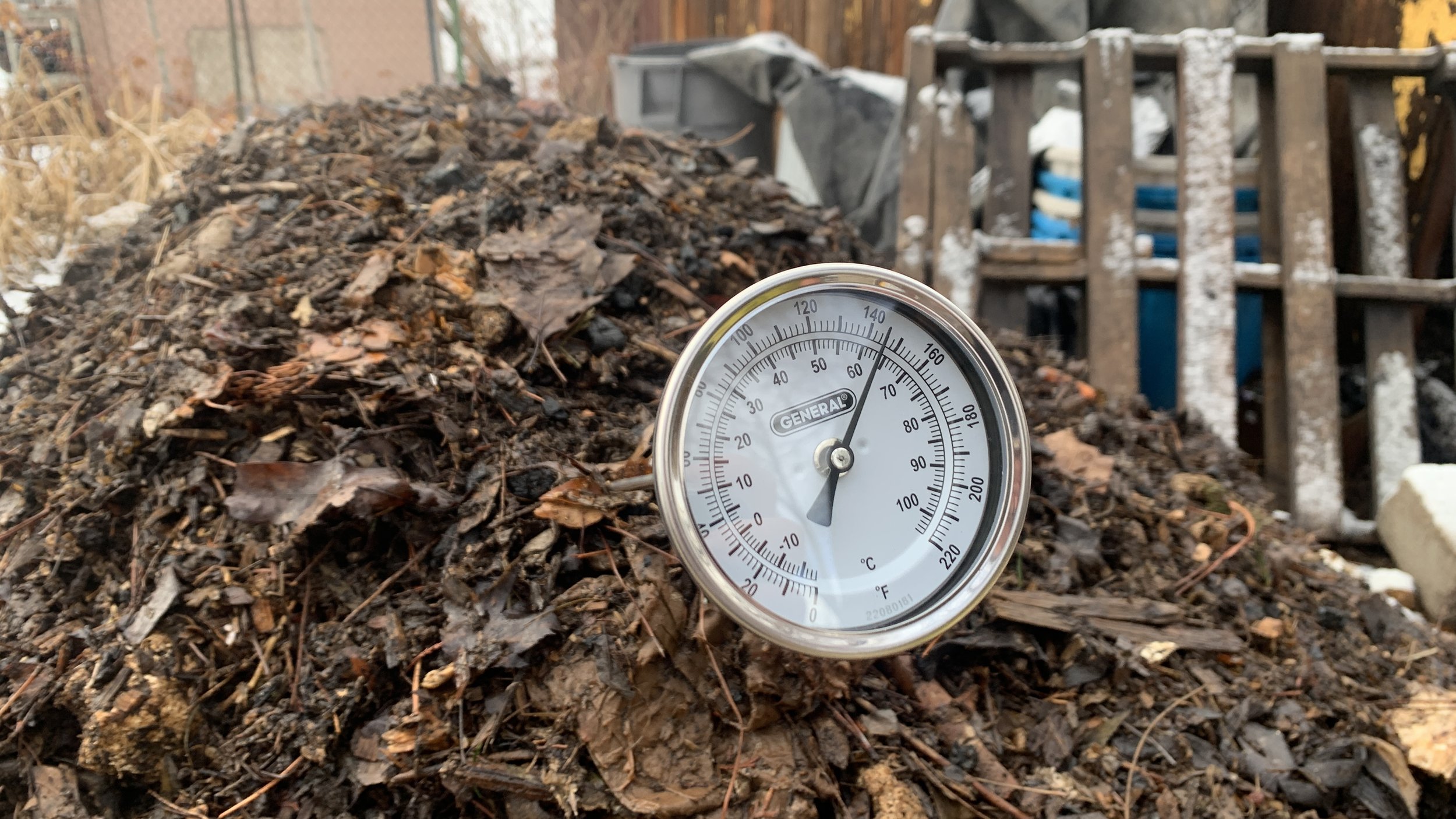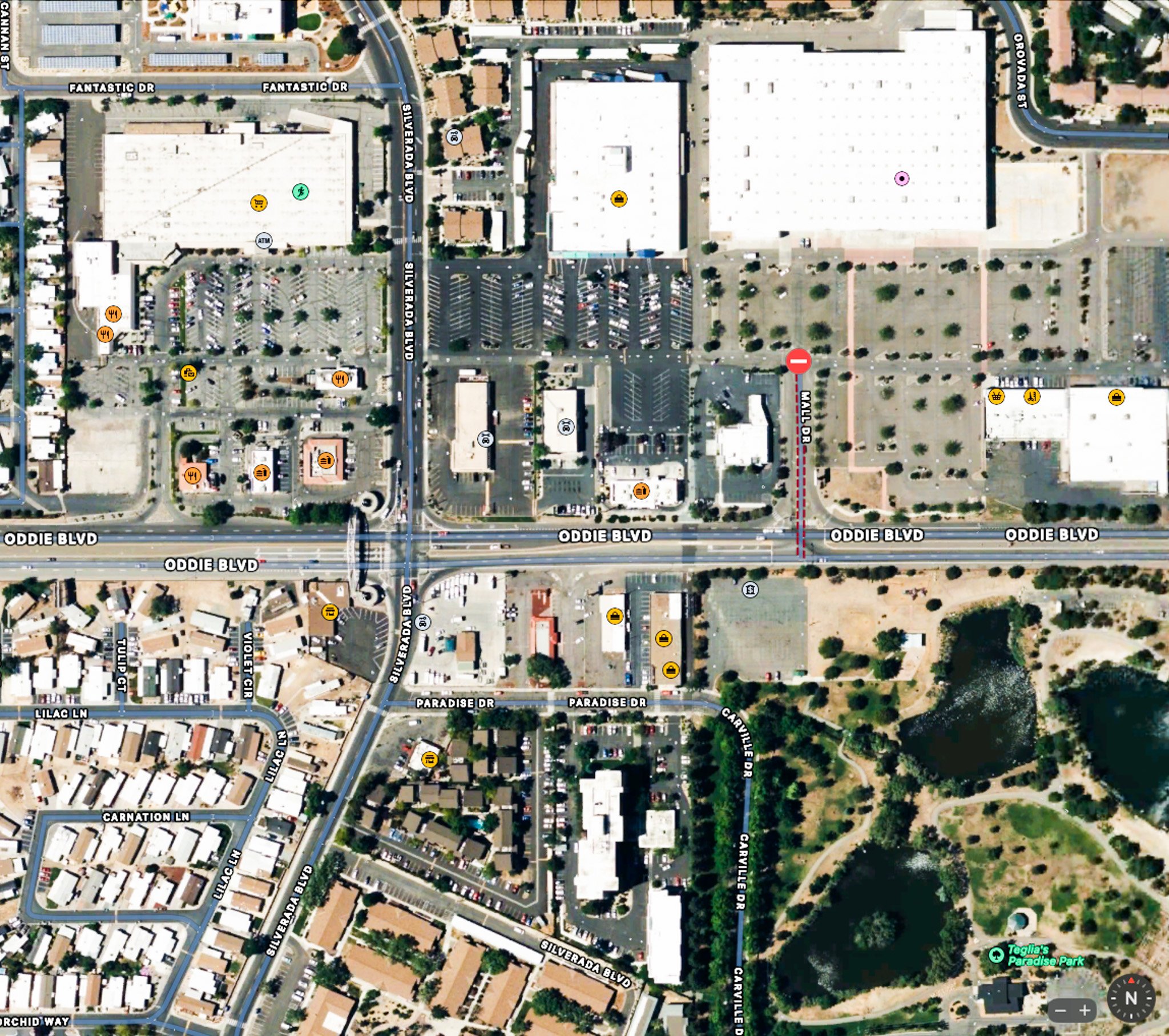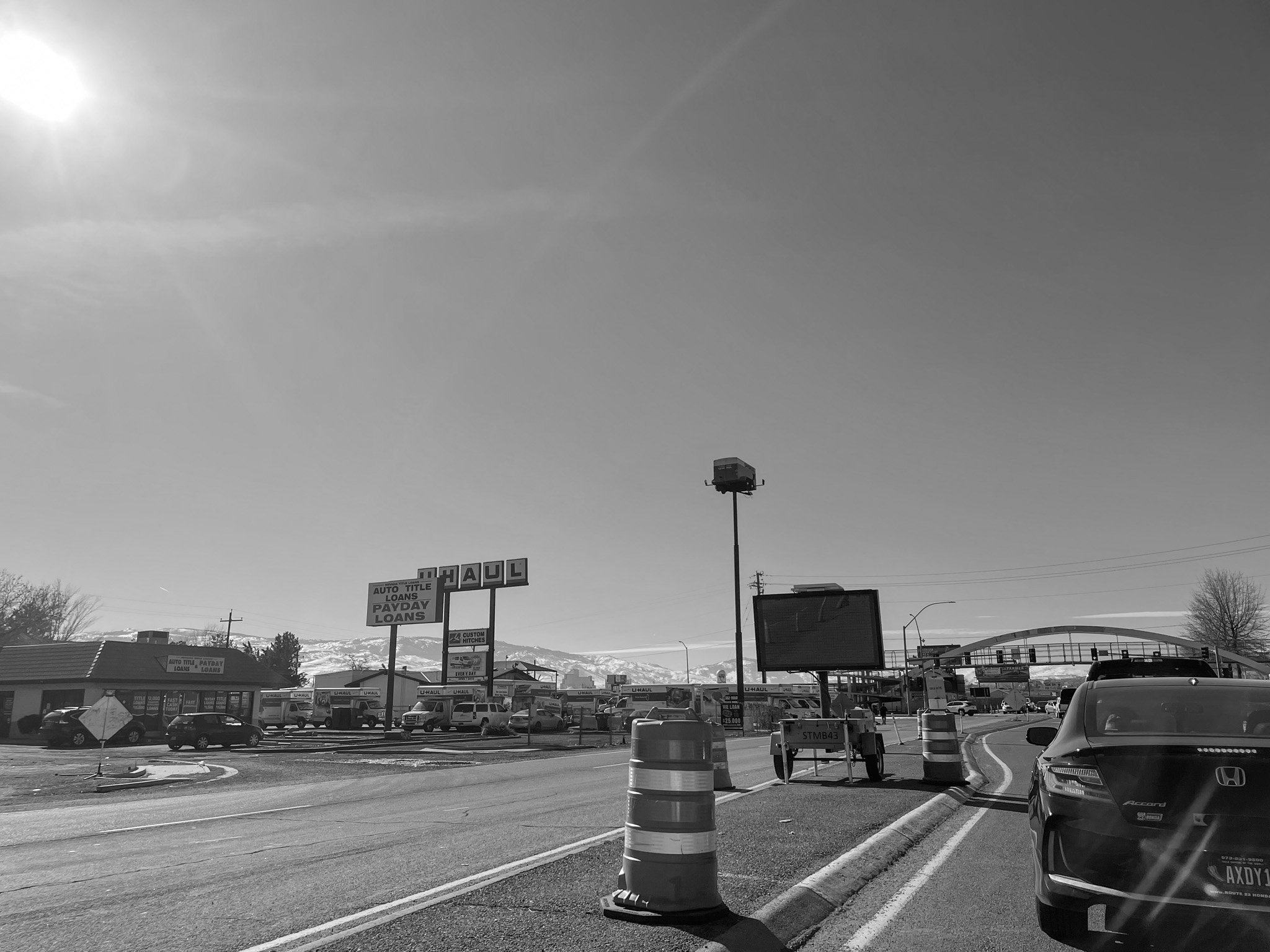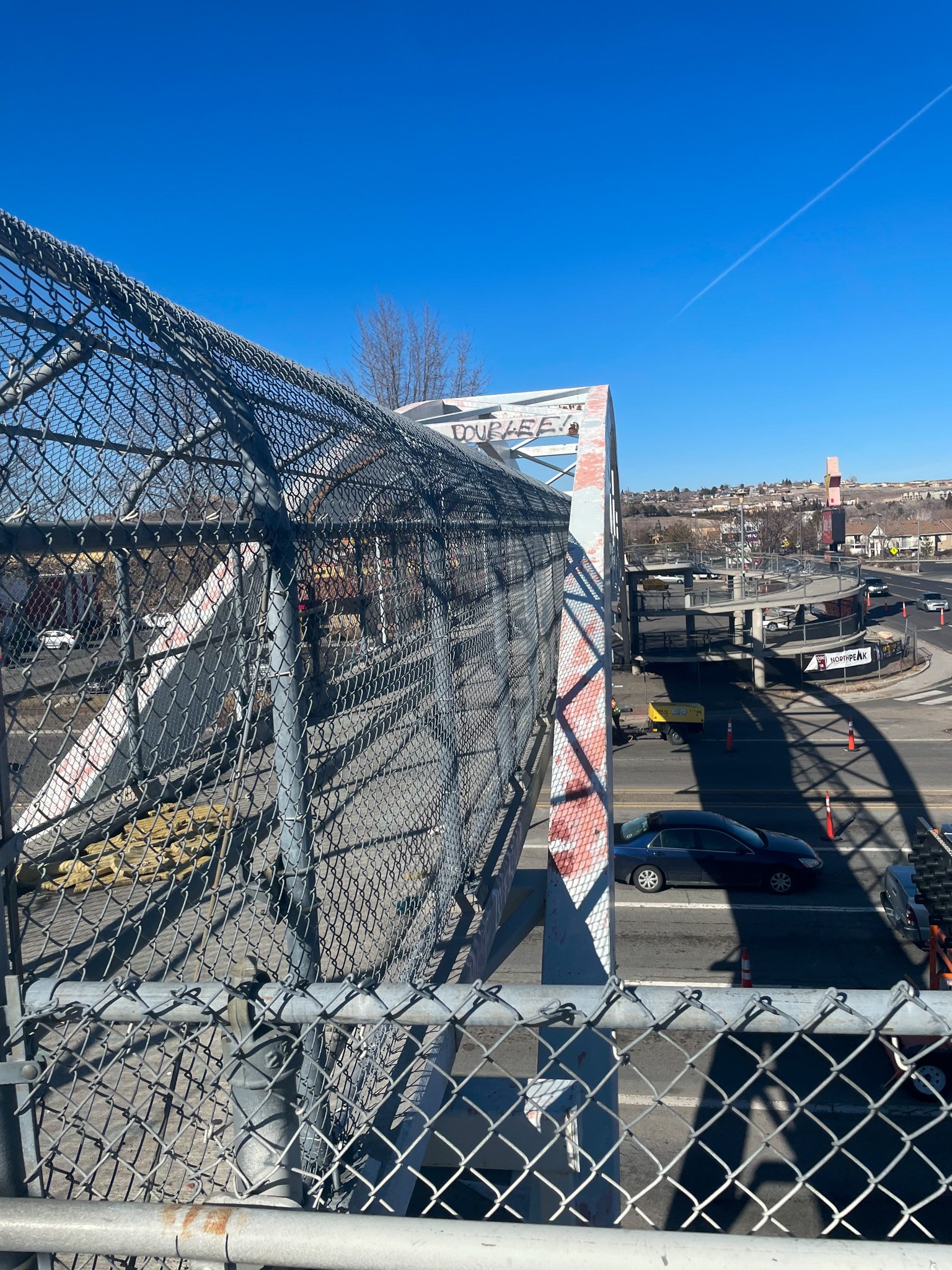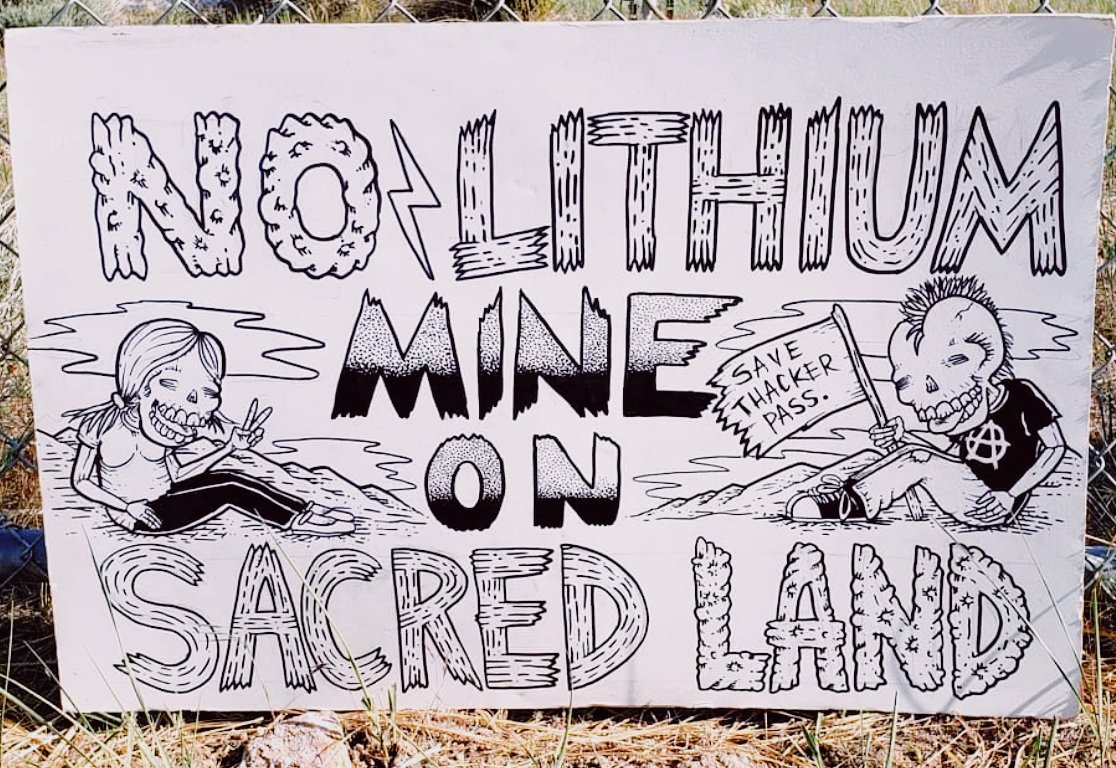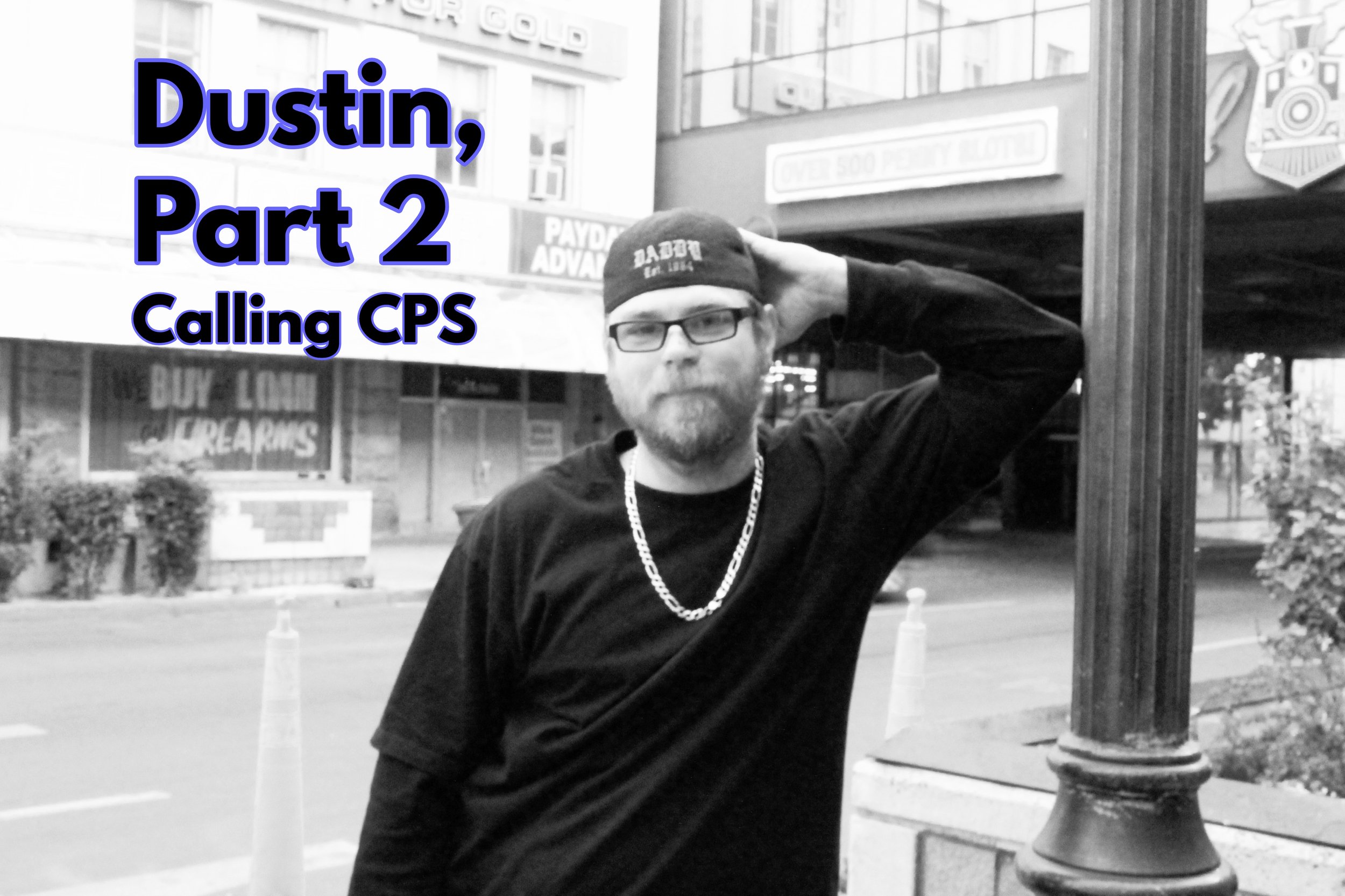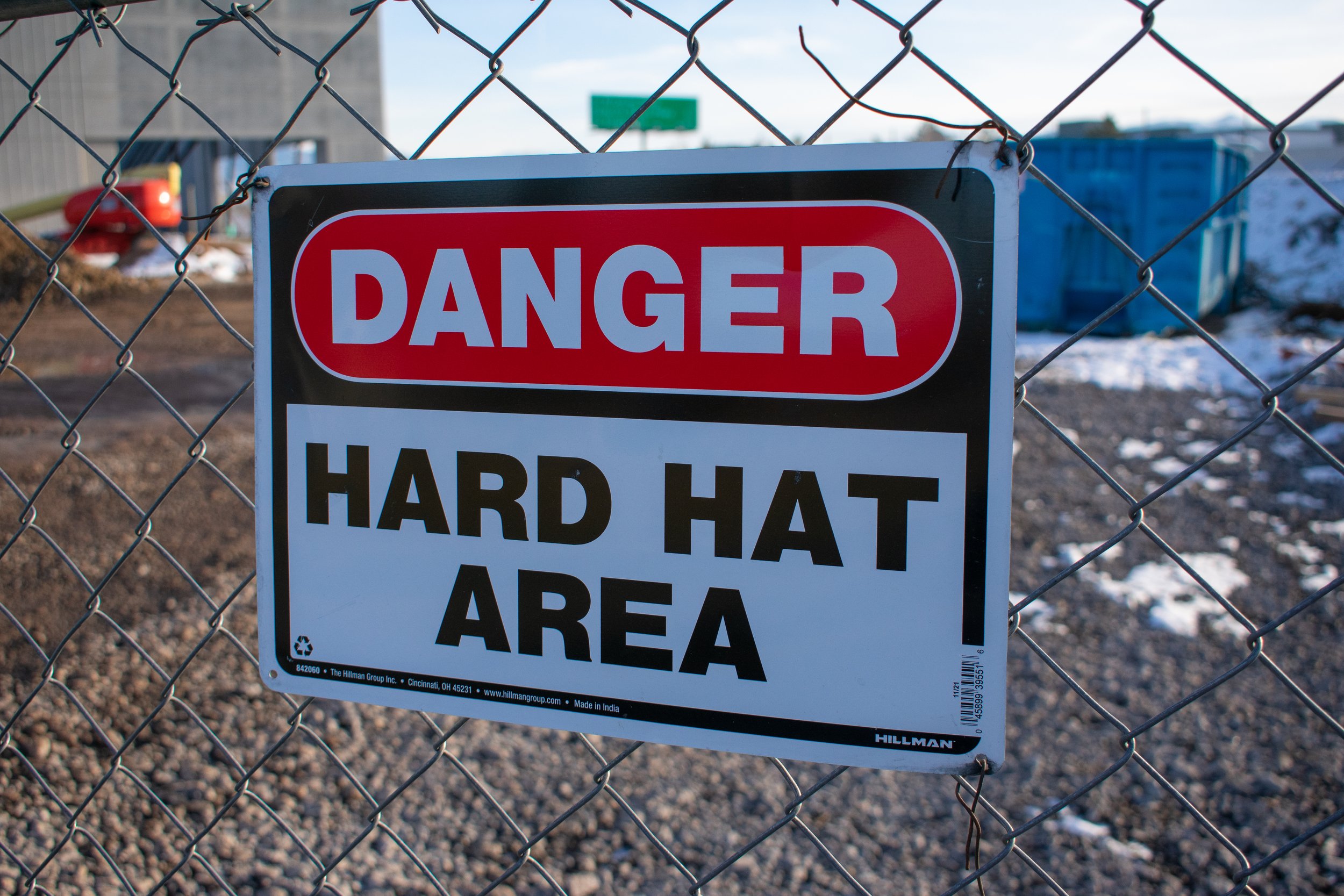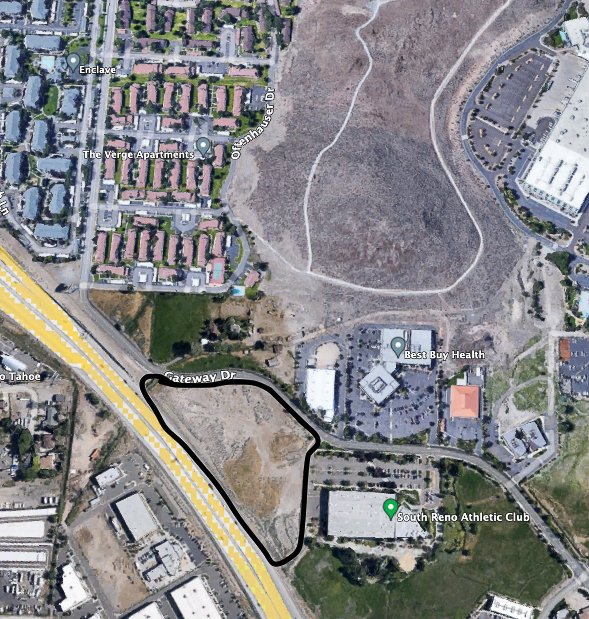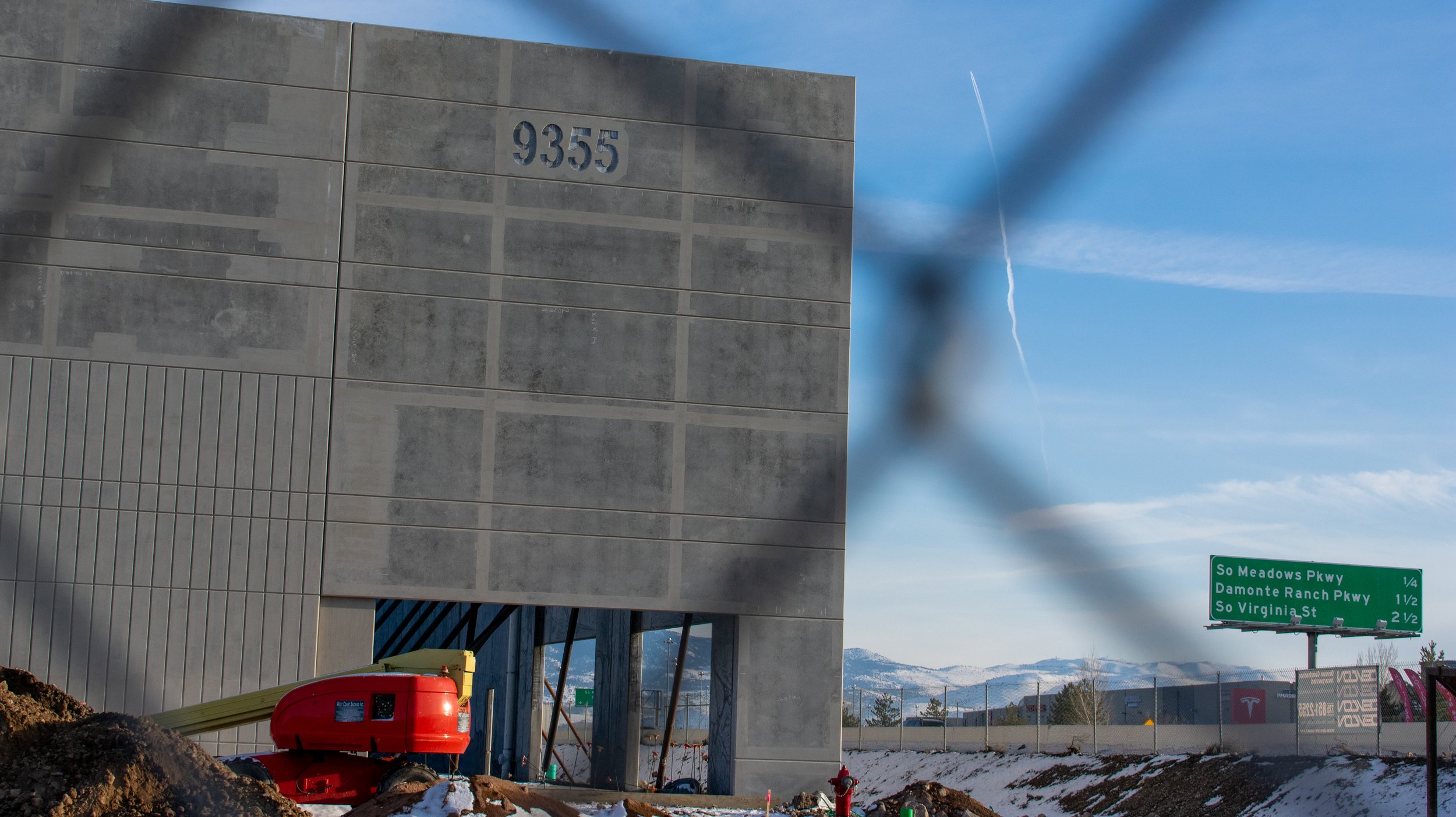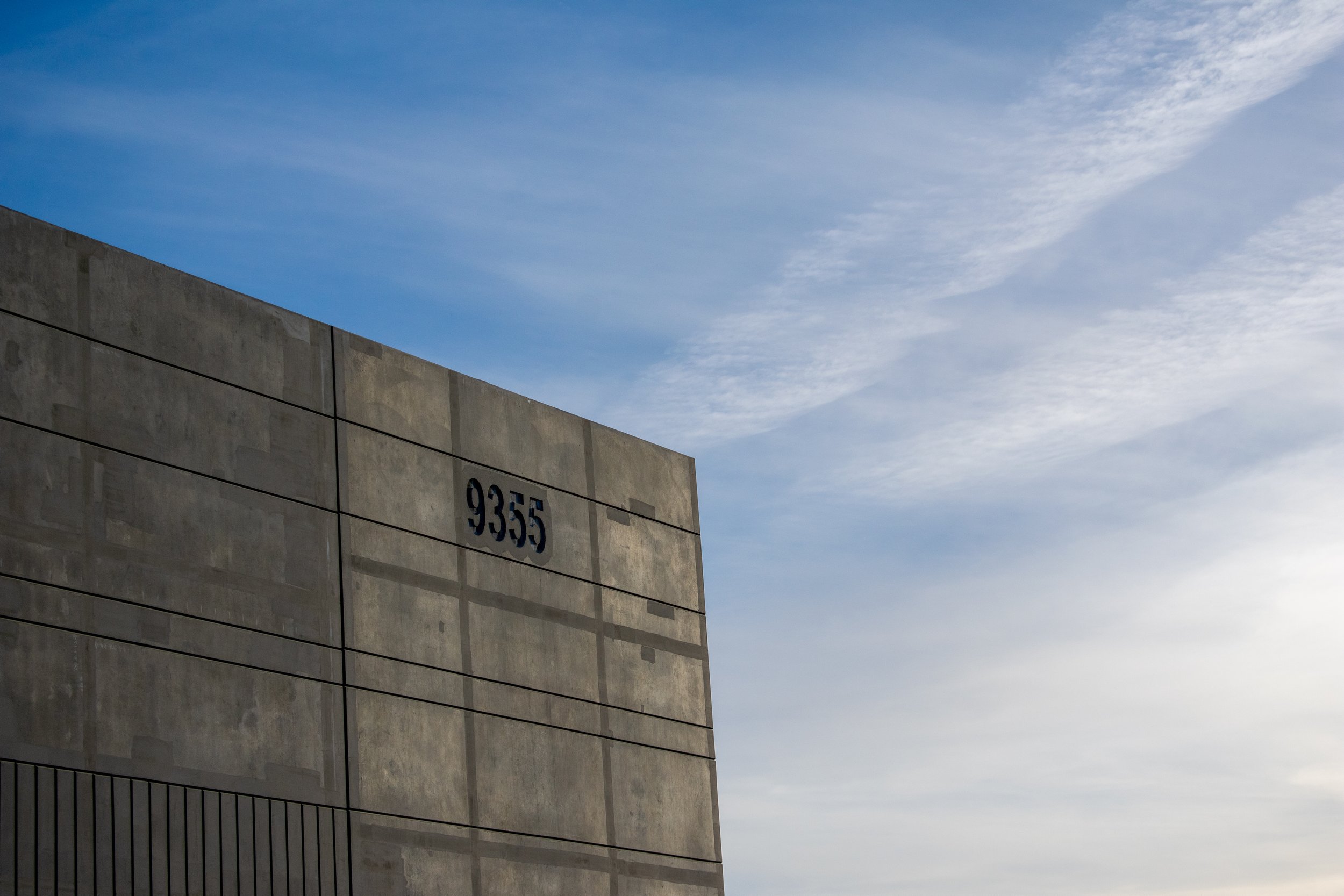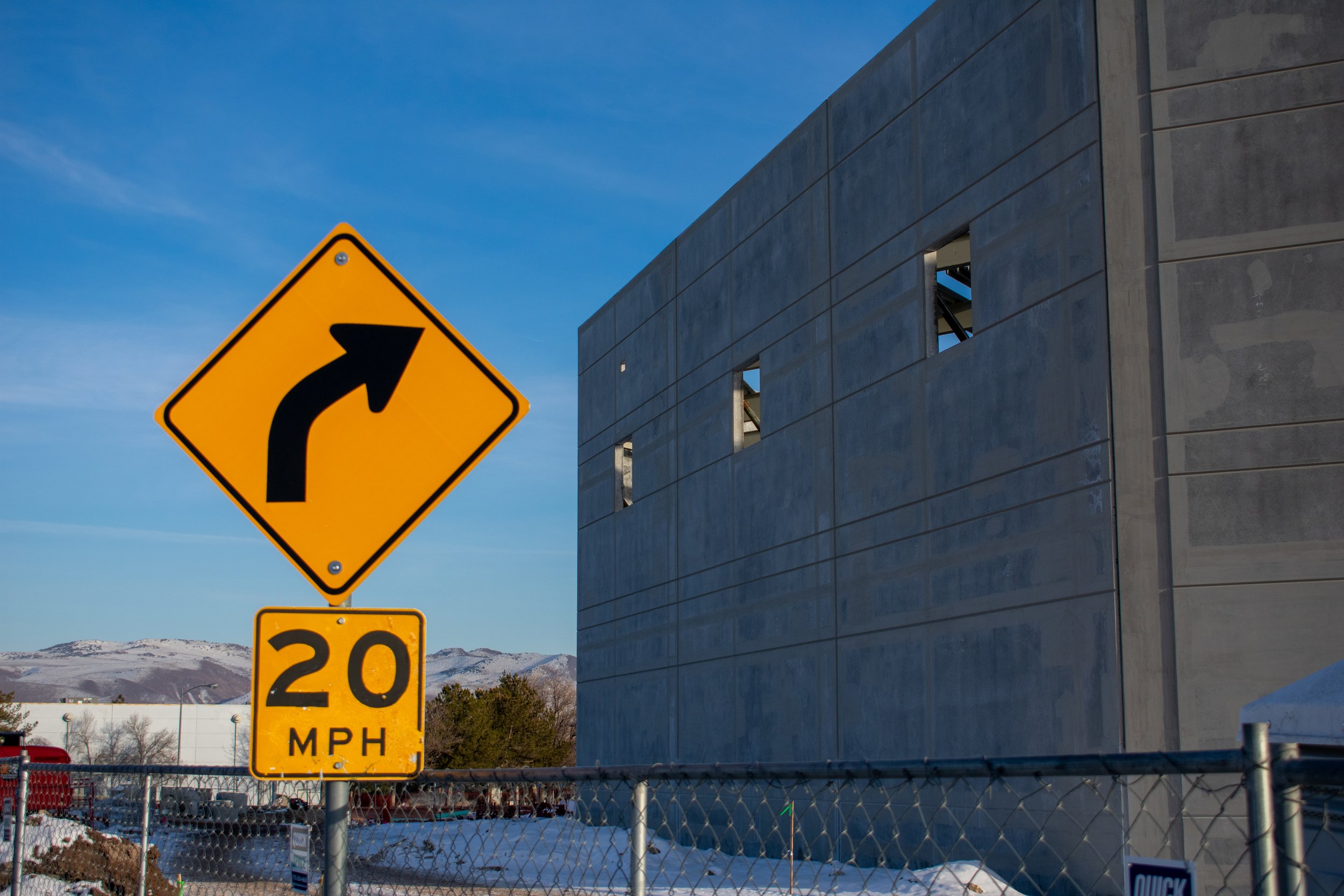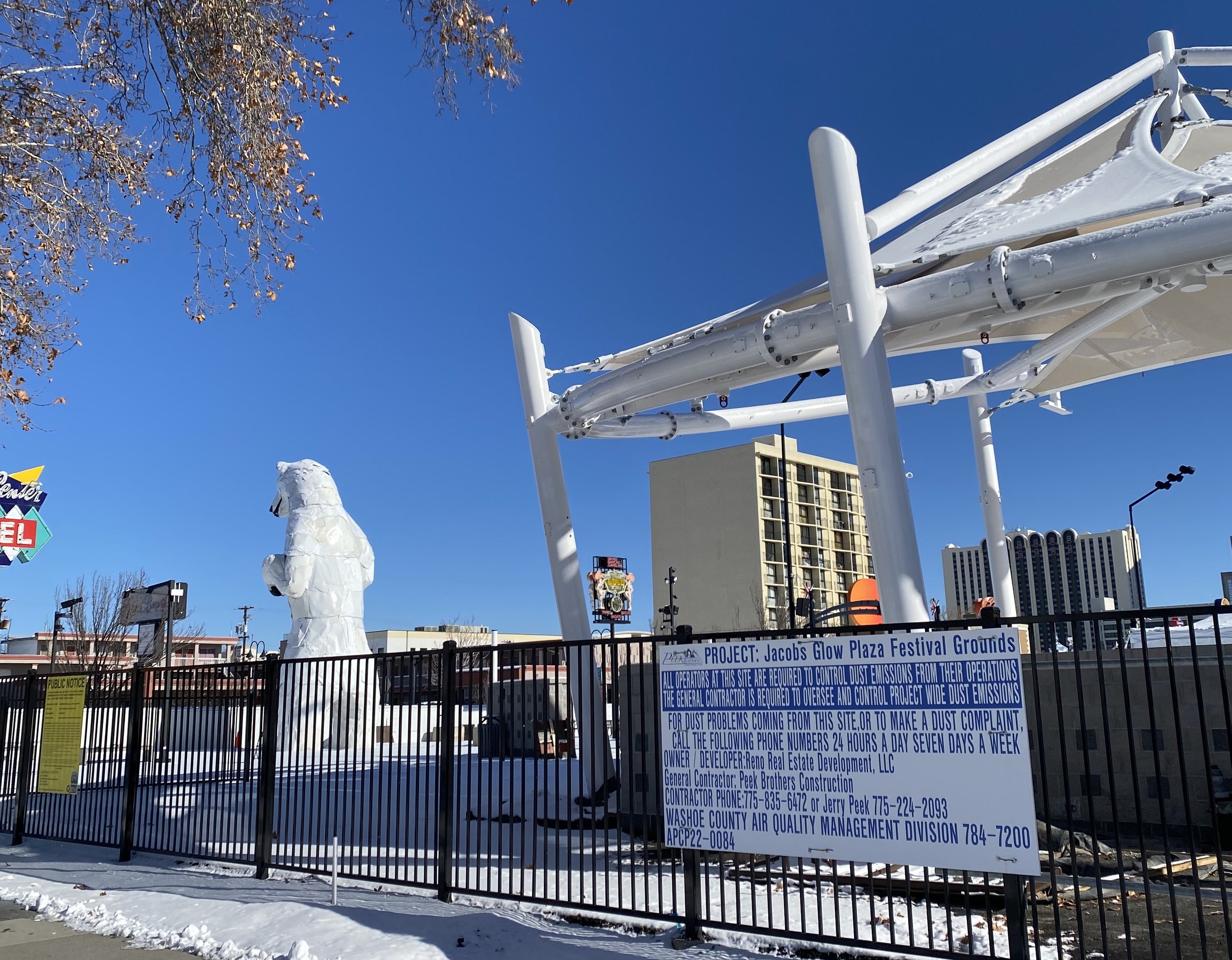Affordable housing is a complicated and controversial issue in our community, dividing people in real life and on social media, politically and emotionally.
More and more people are flooding into The Biggest Little City in search of a place to call home, attracted by tech, warehouse, call center and service jobs, while simultaneously many current residents are being pushed out to surrounding neighborhoods where housing is slightly more affordable. Some long time residents have been giving up and leaving for good.
Questions abound: does Reno have the infrastructure, planning, and ability to keep up with the rapid population growth? What role can the city and county play in assuring that our community is accessible and welcoming for everyone?
According to the World Population Review, Reno is currently growing at a rate of 1.43% annually and its population has increased by 4.42% since the most recent census, which recorded a population of 264,165 in 2020.
This new wave of residents presents itself as a very profitable opportunity for developers to begin buying plots and constructing high-rise luxury apartments. In Reno, 5,703 of the 6,059 units built in the last decade have been categorized as luxury apartments, yet our city still remains in the top 10 national rankings for homelessness. In order to make way for these new and modern developments, older buildings must be demolished, many of which are Reno’s weekly motels; buildings that lower-income residents depend on to keep a roof over their heads. These motels are often the last stop before homelessness, or the first stop after being unhoused, but city officials who are backing their removal believe they were never supposed to be used for long-term housing, and many of them are run down.
New apartment buildings and street names have been popping up, while motels have been destroyed, forcing lower income residents to find residence elsewhere or to become unhoused.
The issue remains that we simply are not producing enough affordable housing to meet the needs of our low-income population. Workers who earn middle-class incomes – nurses, teachers, non-profit workers – make too much to qualify for affordable housing, but not enough to afford market prices without a second job. Young people who are already feeling the burden of unprecedented student debt now have no choice but to live with two, four, or even six roommates in order to make their rent each month. Unhoused residents either endure a packed shelter at the CARES Campus or are out on the streets, moving from place to place in hopes that their camp doesn’t get swept or robbed; all the while being on waiting lists and carrying little hope of a chance at permanent supportive housing.
I took to the streets of Midtown recently and interviewed pedestrians to find out what the Reno community thought about the housing market and hear about their experiences with landlords and rising rent.
“I was thinking about moving out when I started college, but it’s just way too expensive to live here in Reno,” one resident told me, stating that she chose to carry on living with her parents as it was the more financially sensible move. Many other UNR students find themselves in this same predicament, and either stay in their family home with their parents or find a house with six other students facing a similar situation, cutting down the cost of each of their monthly contributions to rent and utilities. College resources such as Pack Provisions – a completely free on-campus food pantry – are being utilized more than ever by students, who often receive stipends from the school which barely cover their monthly rent and utilities.
I, as an international student from England, have been through every housing situation possible. In my freshman year, I embraced the true college experience and lived in the on-campus dorms. Luckily, I came to America on a sports scholarship for track and field, so was financially supported while living on campus for the first year I was here. However, the dorms are designated for first-year students only, so I was forced to look elsewhere in my sophomore year. I ended up settling for The Highlands, a student apartment complex located conveniently within walking distance of campus.
Despite living with three other roommates, I was still paying ~$800 a month, which my athletic stipend didn’t cover all of. I couldn’t work, given the status of my visa, and this was the story for the next three years of my undergraduate degree. The same situation goes for a vast amount of the international student body on campus, with many limitations being placed on us as far as employment goes. What is also often overlooked is transportation; most international students don’t have access to a car so are forced to limit their housing search to around the campus and within walking distance – where rent is the highest and leasing opportunities are the rarest to find.
The YOUnion where other current UNR students live. Those without a car often feel stuck if living too close to the university.
Many locals feel the Reno housing crisis was exacerbated in 2014, when the state of Nevada gave Tesla a $1.2 billion incentive package to open a new factory east of town. Multiple other tech and manufacturing companies followed suit, bringing employment opportunities but nearly doubling the average rent. A local business owner told me that he would like to see some sort of rent control implemented by the city, stating “it would make it more equitable for lower-income people to have affordable housing. The style of development that Reno is going through right now won’t be sustainable in my opinion.”
In February of 2022, City of Reno leaders declared on the record that they believe they do not have the legal authority to impose rent control with city manager Doug Thornley stating that “a true rent control ordinance is not, at this juncture, a thing that we believe we have the legal authority to pursue.”
Rent control refers to legislation that puts a limit on the amount that a landlord can demand for leasing a home or renewing a lease. Rent control laws are mostly enforced in high-population busy cities in California, or New York City for example, in order to protect renters from displacement. But with more people migrating to Reno, residents believe that such laws could and should be applied here if there was a political will.
“I’d love to see some type of rent control implemented,” anotherlocal business owner I spoke to said. “I’ve lived here all my life – 55 years – and there should be some sort of protection towards the locals who want to stick around here. I don’t want to be forced out of here because I can’t afford rent.”
Despite large shelters, there remains a noticeable unhoused population trying to survive in downtown Reno.
At this time, with our current leadership, rent control isn’t something that is likely to be pursued or enforced anytime soon.
The University of Nevada, Reno administration seems to have recognized students’ frustrations with finding housing options, and on February 4th 2023 it sent an email blast to all currently enrolled graduate students, announcing “85 newly refurbished studio apartments located in the heart of downtown Reno,” with the University sub-leasing units at cost to grad students, medical students, and staff “to provide affordable, safe, and convenient housing.” The apartments are located on multiple floors of the RCC’s Ridgeline Tower, and cost students $995 a month, not including utilities. The email also mentions a security deposit that is a “grad student-friendly $350.”
The University will implement a “lottery” method as a way to dish out lease offers, expecting student interest to stretch beyond the spots that will be available. Every applicant will be entered into a lottery which will randomly determine a total of 30 lease offers. Grad students can also apply based on need, “which includes, but is not limited to, finances, health, ability, and special life circumstances,” which requires applicants to submit a one-page write-up detailing their needs. 30 lease offers will be made through this process. Lastly, 25 lease offers will be reserved for students who apply based on academic merit. Again, this requires a one-page write-up detailing their academic achievements, as well as backing from the student’s respective program director.
This seems like a promising step toward assisting students as they navigate through the process of securing a place to stay while they complete their program. However many UNR students continue to be faced with the scary prospect of burnout; having to work two jobs, attend classes, and study for exams, all the while having three side hustles on the go. Just so they can pay their bills, and tuition, and keep their fridges stocked.






